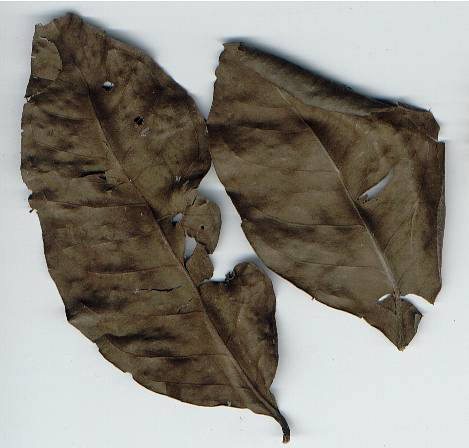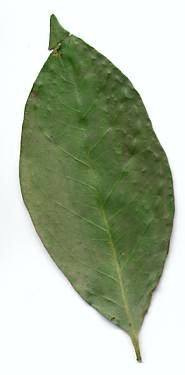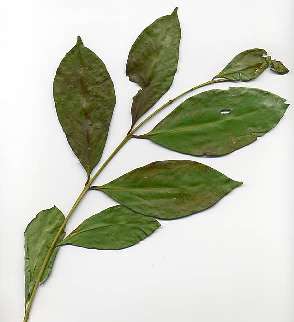
|
| Indonesian bay tree |
A wealth of different ingredients, cooking methods and flavourings is found in the various cooking traditions of Indonesia. All over the country, the use of lemon grass, greater galanga, fresh ginger, garlic and chiles is common; yet regionally, spice usage may expand this list considerably.
The cuisine of Bali is distinguished from cooking in other parts of Indonesia by a multitude of spices and flavourings not or comparatively rarely found on the other islands. A characteristic feature of Balinese cooking is the preference of fresh rhizomes ground to a paste (jangkap); besides ginger and greater galangale mentioned above, Balinese cooks make heavy use of lesser galangale and fresh turmeric. Furthermore, lemon grass, kaffir lime, pandanus leaves and the Indonesian bay-leaf are used in higher quantities than, for instance, on Jawa; the Balinese long pepper even seems to be unknown in the rest of Indonesia. Another flavouring much liked by the Balinese (and the Jawanese) is trassi (also spelled terasi), a pungent and strong-smelling paste of fermented shrimps; in Bali, it is even employed for fruit salad (rujak, see mango).
The remarkable variety of the food traditions in Indonesia has, in part,
religious roots: Contrasting the Muslim majority of Indonesia, the Balinese are
Hindus, and, therefore, Islâmic food restrictions do not apply to them.
Babi guling (roast suckling pig) is a kind of national dish in
Bali; it seems reasonable to develop a more spicy cuisine when dealing with
pork frequently. For another typical Balinese recipe, see lesser galanga. For examples of cooking in other
regions of Indonesia, see lemon grass (general), greater galangale (Sumatra), tamarind (Jawa) and coconut (Sulawesi).





